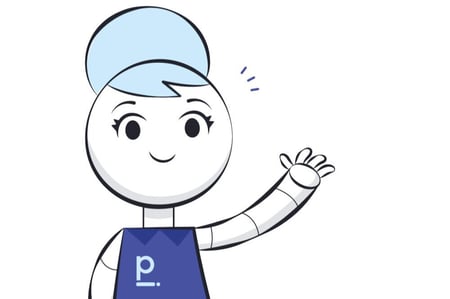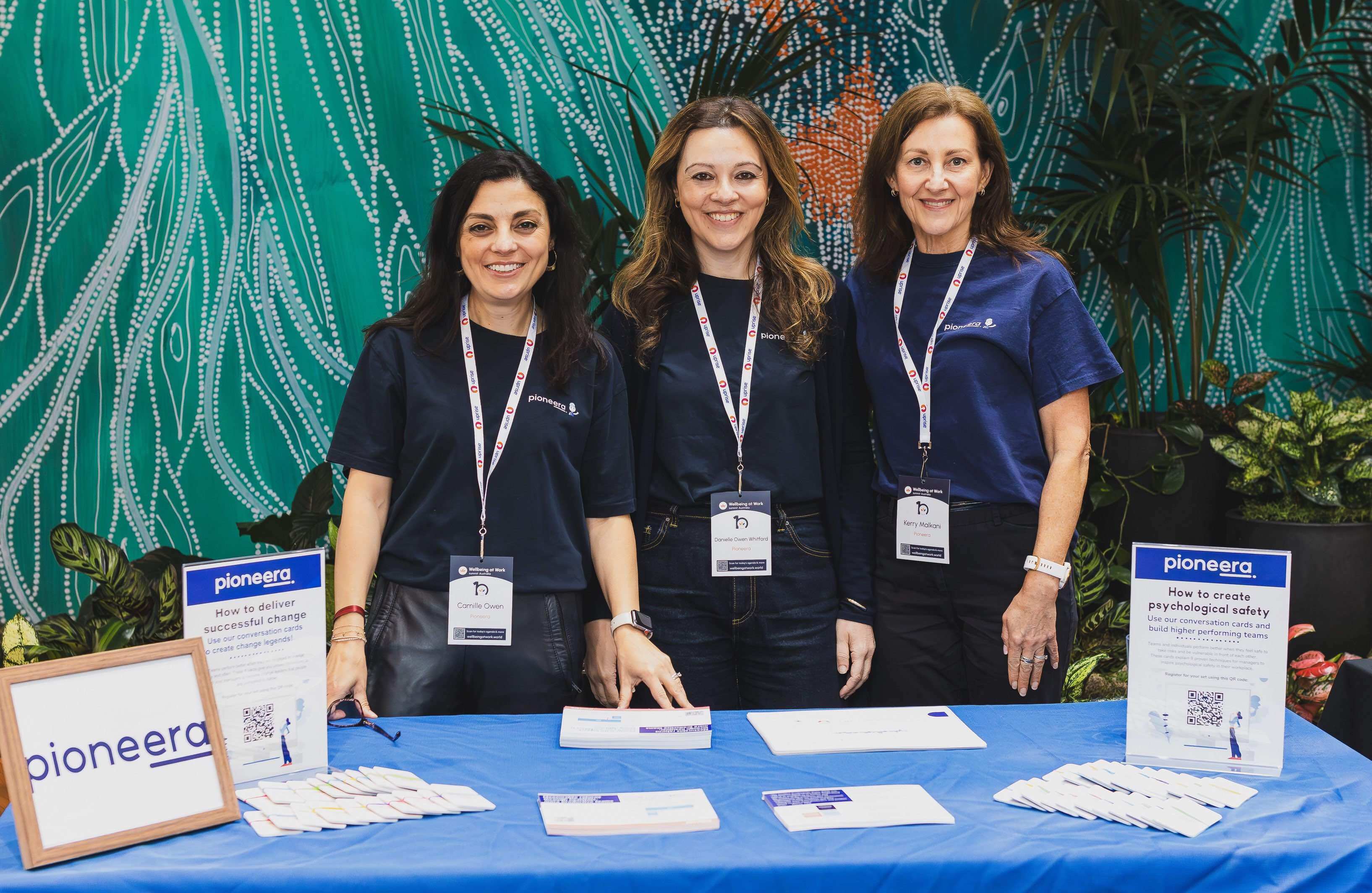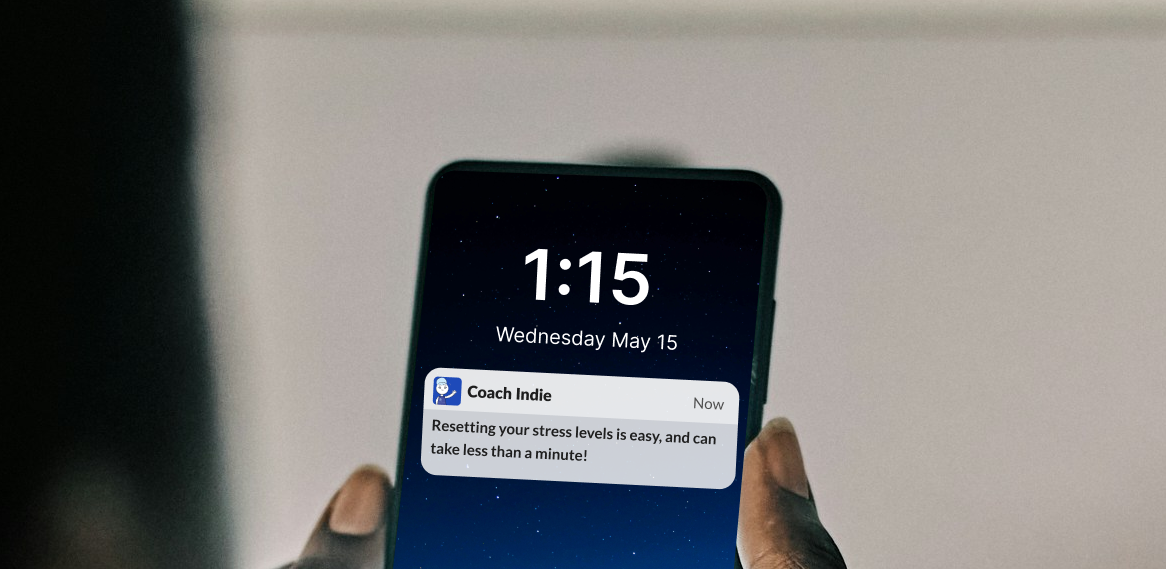Exceptional employees - the top 1% in performance - can deliver up to 400% more in productivity than the average employee - having a huge impact on revenue and growth. Yet some companies struggle to keep their best people, and it’s costing them up to $400,000 per exit.
So, why do they leave, what’s the impact, and how can you keep your best people from making a beeline to the door? Let’s find out.
Why do stars leave?
Three common reasons talented people leave are boredom, burnout and managers. Other reasons include limited opportunities for development, toxic culture, and feeling undervalued and money.
When a key performer leaves, teamwork/collaboration can become difficult. This increases stress on your team, reducing productivity. Thoughts around why they left can begin the fester, poisoning team morale and increasing anxiety in the workplace - leading to further loss of top talent.
How much does losing a star cost?
It’s easy to think other great people are out there and replacing a star employee won’t be too hard. Well, think again.
Here’s a snapshot of the financial impact of losing a star:
-
$50,000 - Cost of hiring.
Includes advertising open positions, screening applications and interviewing candidates. -
$150,000 - Cost of onboarding.
On average, it takes six to nine months of an employee’s salary to locate, train and onboard a replacement. -
$200,000 - Cost of lost productivity.
New hires simply aren’t as productive as the person they’re replacing and may take a year or two to get to that level. -
$400,000 - Engagement.
Assuming just one other employee of a similar level and pay bracket considers leaving.
There’s also a risk of customer dissatisfaction damaging your company’s reputation and bottom line.
7 ways to keep your star performers from leaving
Leaders and organisations need to go beyond traditional perks if they want their top talent to stick around.
1. Offer flexibility
We’re heading into a hybrid working environment post-pandemic, and yet some companies are still pushing for full-time office and no remote working. This may have worked once upon a time, but the times are changing.
According to a 2020 Gartner study, organisations with a standard 40-hour week saw 36% of staff performing at a high level. However,
organisations that granted employees flexibility over when, where and how much they work, saw 55% of their workforce performing at a high level.
To keep your best people happy and high performing - be flexible with work arrangements, and focus on quality of output, not input of hours.
2. Develop their skills
Companies that invest in employee training enjoy a 24% higher profit margin, while 40% of employees with poor training leave the company within the first year. Upskilling is so important that most employees would prefer additional training over free lunches at work. And yet, this is usually the first thing cut when companies are trying to save money.
According to RMIT,
one in four employees would prefer $1000 a year to spend on training to an extra $50 a week pay rise.
To effectively develop your team, provide access to courses (Government subsidies can help), create individual development plans, provide performance metrics, create opportunities outside of their job function, give constructive feedback, and lead by example.
3. Communicate effectively
Ambiguity leads to confusion, wasted time, and dissent. Not a productive environment to help people thrive. In a Salesforce study of more than 1400 corporate executives, employees and educators,
86% of respondents cited ineffective communication as a cause of workplace failure.
So, leaders, set clear expectations of tasks and roles, communicate with transparency, and provide and receive feedback in a constructive way. And remember, it’s about dialogue - talking with, not at your team.
Our founder, Danielle Owen Whitford’s favourite tip is to lead with questions, not statements. Even if you think you know the answer, give the team the chance to speak up and explore options. It might take a little more time, but you usually end up with a much better solution!
4. Empower your team
Team empowerment is often misunderstood. Some leaders are hands-off, “empowering” their team to sink or swim. But this is more akin to neglect. A better approach is to actively coach and support your team to become more adaptive and adept at making effective decisions on their own.
Talent acquisition lead at Canva, Francisco Morales, states,
“If you look after your team, you give them all of the tools, the flexibility and the trust that they need to do their best work, they will do their best work.”
This involves listening to and implementing your people’s ideas, providing tools and autonomy in a safe environment to take risks, and assigning worthwhile tasks with a clear understanding of how their work impacts the company moving forward.
5. Recognise achievements
Staff recognition is often overlooked, yet it’s one of the most effective and easily executed strategies. Qualtrics reported that people are five times more likely to stay when their good work is regularly acknowledged by management. According to Glassdoor,
53% of employees would stay longer if they were more appreciated by their employer.
Recognising your people can be as simple as a verbal “thank you”, a card or dinner voucher, further opportunities within the workplace, or celebrating team success with morale-boosting activities. Your people are your company’s best asset. Make sure they feel it.
6. Get rid of toxic employees
Yep, we said it. Move those toxic employees on. A 2015 study by Harvard Business School found that hiring a superstar employee can save the average company $5,303. But avoiding toxic employees (harmful to an organisation’s people or property) can save the average company $12,487!
A toxic employee can cost your business twice as much as a top performer improves it.
But how do you know someone is toxic?
There are three key predictors to watch for:
-
People who are extremely self-focused and selfish.
They’re not concerned about how their actions, attitude or negativity impacts the team.
-
People who are unusually confident to the point of arrogance.
This trait is dangerous and infectious. It poisons work cultures and leads to costly mistakes.
-
People who are obsessed with the rules
This rigid behaviour stifles innovation and productivity. Eventually the sticklers crack and break the rules in the wrong way.
7. Monitor and manage team stress levels
Short bursts of stress can be great for productivity, but once the adrenaline wears off, prolonged stress can lead to burnout and a wide array of physical and mental health concerns. It’s important to get ahead of these before they become a problem. A study from Kronos Incorporated reported,
95% of HR leaders say stress and burnout are sabotaging workforce retention.
Managing team stress in person can be difficult at the best of times. Hybrid/flexible work models pose new challenges for leaders and organisations. So how do you know if your team is struggling when you can’t always see them?
The signs are always there if you can see them. If not, Indie can always help you help your team:
Physical cues
More fidgety than usual, dishevelled appearance, dark circles under the eyes from lack of sleep, or appearing distracted or disinterested.
Attitude and productivity
Saying they’re tired, negativity, missing deadlines, and not seeming to care anymore.
Change in communication
Skipping pleasantries, less chatty, more blunt/direct, negative tone in written and verbal communication, and withdrawing/avoiding engagements.
Trust your instincts
You know your team. If you feel someone is struggling, they probably are.
Need a hand?

We can help.
Pioneera’s award-winning AI bot, Indie, helps you know when stress is on the rise in your team and what you can do about it, before it’s too late.
When workplace stress is reduced, burnout can be prevented, and your people are happier, healthier, more productive, and more likely to stick around.






